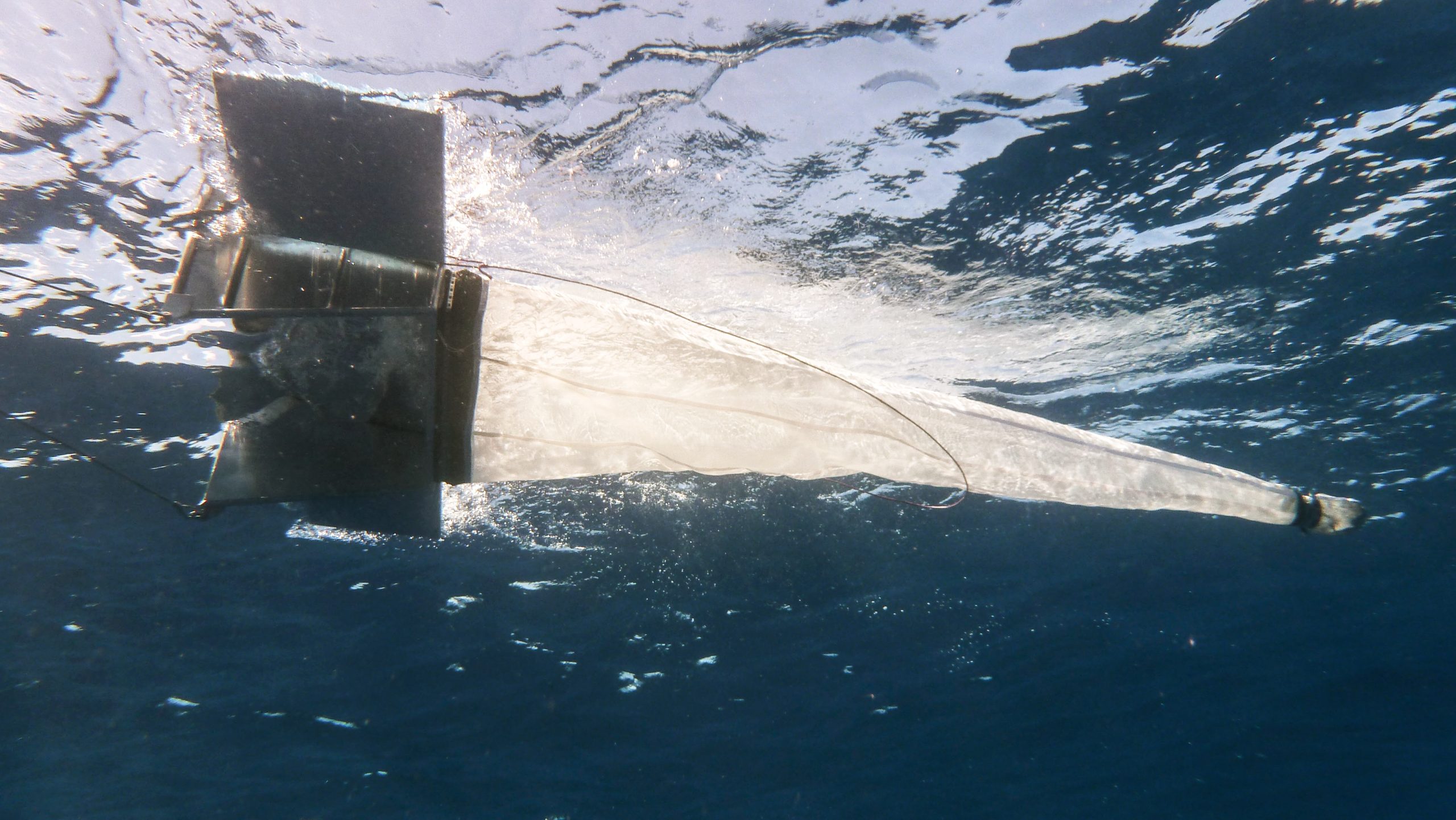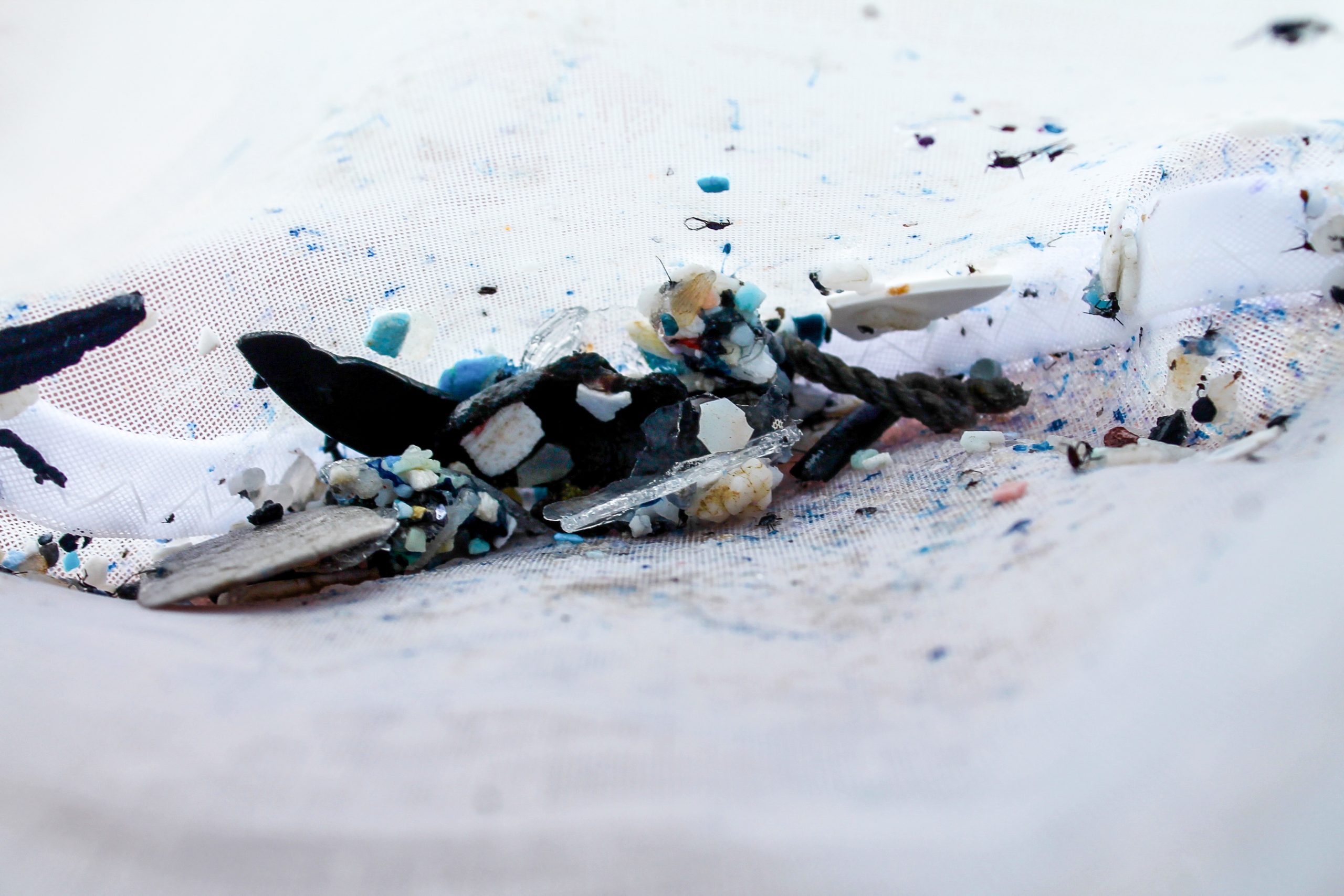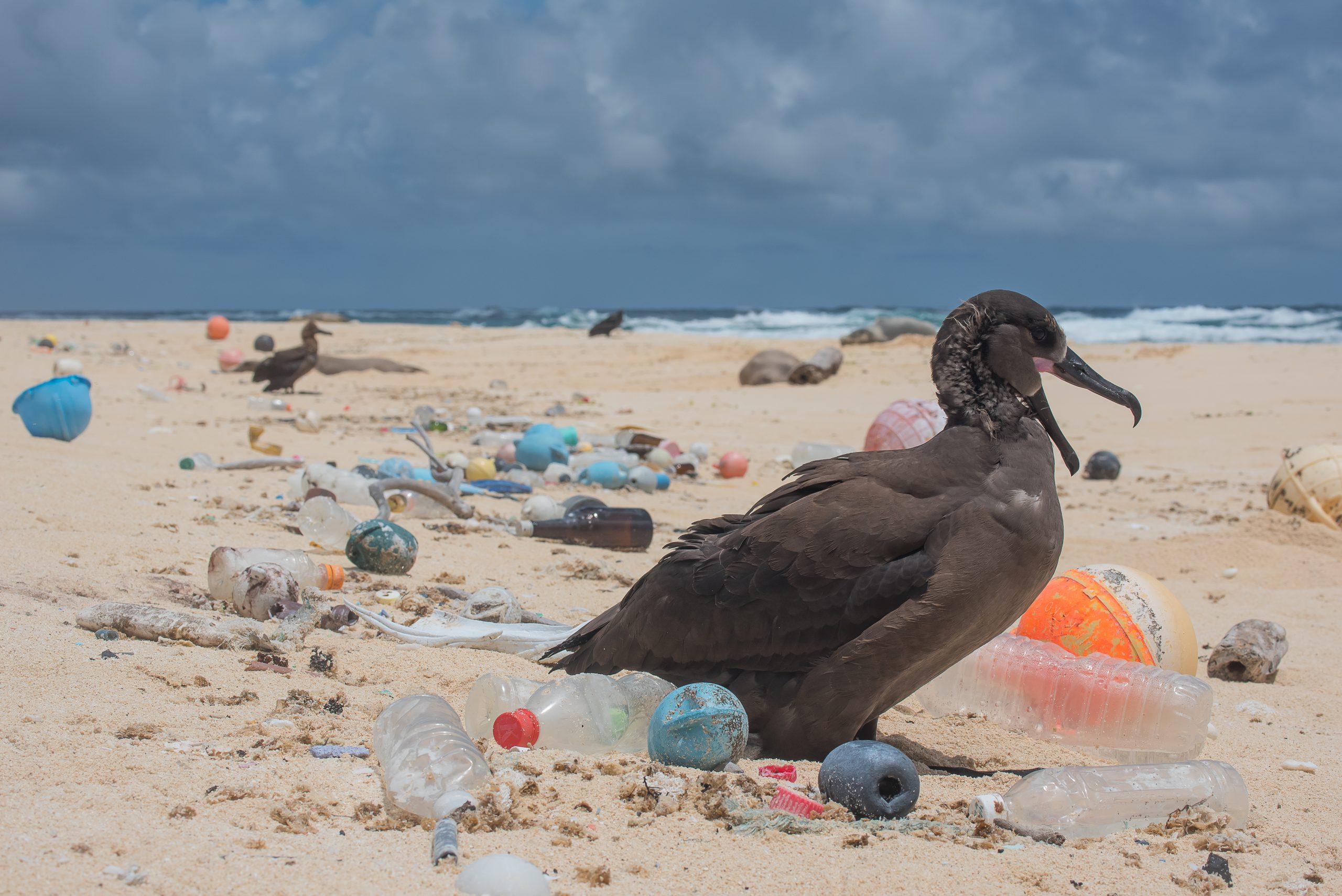The Delft-based Ocean Cleanup foundation reports the results of their 2015 Mega Expedition. The article in Environmental Science & Technology not only mentions large amounts of floating plastics but also toxics.
“Organisms feeding on floating particles in the Great Pacific Garbage Patch may have plastic as a major component of their diet”, says lead-author Dr. Julia Reisser from the Ocean Cleanup Foundation. “Eating plastic is harmful, because it may leave animals with a full stomach without providing any nutritional value, which can lead to starvation. Our results now show there is an additional risk to also receive a portion of toxic chemicals from this ingested plastic.”

The publication Pollutants in Plastics within the North Pacific Subtropical Gyre is the elaboration of the plastic fishing expedition called the 2015 Mega Expedition through the North Pacific accumulation zone (between California and Hawaii). Series of slow two-and-half hours long trawls through what is popularly known as the Great Pacific Garbage Patch resulted in nets filled with plastic debris and some marine life. In weight, plastic was 180 times more common than marine life. Hence the idea that plastic must be on the diet of surface feeders such as seabirds and turtles.

Chemical analyses of samples from the trawls showed the presence of toxic substances (persistent bioaccumulative toxics or PBTs) in 84% of the samples. The results of this largest inventory of maritime plastic pollution confirms the presence of pollutants from ocean plastics. However, the environmental chemistry and toxicological hazard of these substances remains poorly understood.
Ending on a positive note, The Ocean Cleanup announces the deployment of a network of extreme long floating screens that will remain in the water and act like an artificial coastline to intercept floating plastics. The immense plastic catcher will be deployed in the Pacific by mid-2018.
Related articles:
- First Ocean Cleanup test to be deployed in Dutch waters, 30 December 2015
- Sailing for plastic, 21 April 2015
- Crowdfunding for Ocean Cleanup, 4 June 2014
Do you have a question or comment about this article?
j.w.wassink@tudelft.nl


Comments are closed.